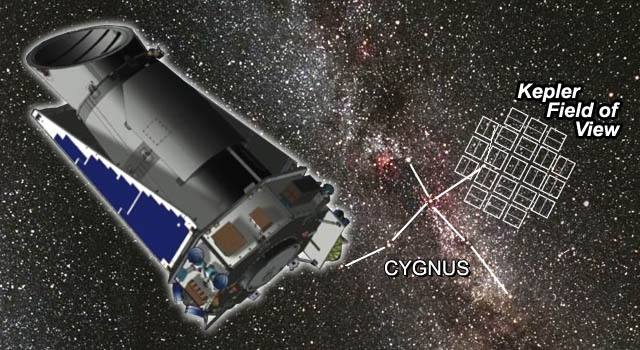NASA planet discovery is out of this world
Artist concept of the Kepler Space Telescope and Cygnus.
On Feb. 22, 2017, NASA announced the discovery of seven planets similar to Earth orbiting a star 40 light-years away. The discovery was made with their Kepler Space Telescope, a spacecraft launched on Mar. 7, 2009.
The exoplanets (planets beyond our solar system) were discovered in the habitable zone, a range where planets can support liquid water because of sufficient atmospheric pressure.
“The discovery of Kepler-186f is a significant step toward finding worlds like our planet Earth,” said Paul Hertz, NASA’s Astrophysics Division director at the agency’s headquarters in Washington. “Future NASA missions, like the Transiting Exoplanet Survey Satellite and the James Webb Space Telescope, will discover the nearest rocky exoplanets and determine their composition and atmospheric conditions, continuing humankind’s quest to find truly Earth-like worlds.”
The size of Kepler-186f is about 40 percent larger than Earth. It’s predicted that a planet this size would be rocky, but its mass and composition are unknown.
Elisa Quintana, a research scientist at the SETI Institute mentioned that Earth is the only planet we know of where life exists. When we are looking for life besides Earth, we look for planets with similar qualities as Earth.
The Kepler-186f is 500 light-years away from our planet. Its system is in the constellation Cygnus, where its four companion planets orbit an M dwarf star that is half the size of our sun.
The next step in the search for life outside our solar system is to find these Earth-like planets and detect their chemical composition. The Kepler Space Telescope is NASA’s first mission able to detect Earth-like planets orbiting stars similarly to our sun.

Shay is a York High School senior and enthusiastic about being a Duke. She spends most of her time in the music department due to her involvement in choir,...












